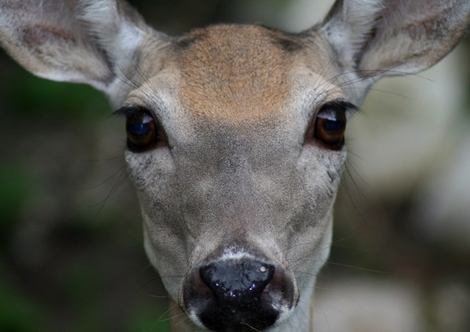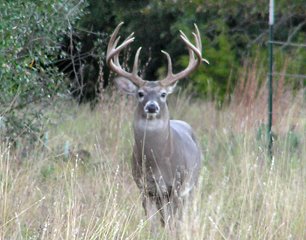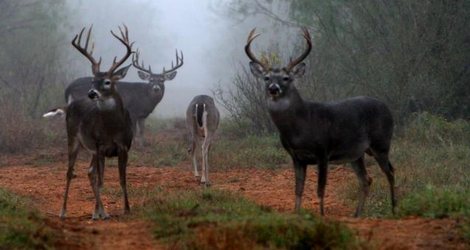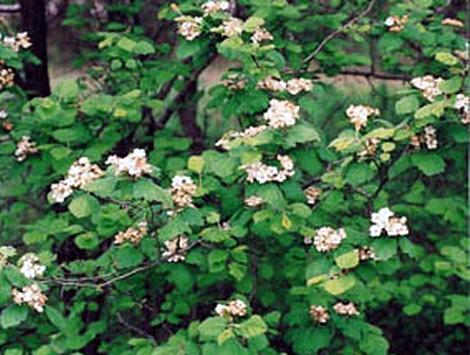How many times have you seen a deer that died after being caught up in a fence? If you’re like me, it’s probably more often than you’ve wanted. Most often, deer crossing barbed-wire fences get hung up when attempting to jump over and the clear the fence — and then they struggle to their death. It’s unfortunately way to common, but fairly easy to remedy. I’d also recommend it to anyone interesting in preserving or conserving the deer population found in their area.
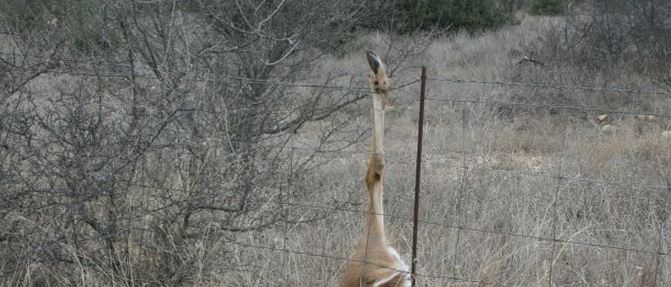
To avoid “snaring” whitetails on your property make sure the top two wires on your perimeter and cross fences are no closer than 12 inches. This is easy to accomplish when building new fence, but may take more time when modifying existing fence. If you have a barbed wire fence with 6 or more wires, the easiest option is to simply remove the wire second to the top. This will usually be enough to eliminate accidental deer deaths.
On barbed-wire fences with 5 or fewer strands of wire, the only option you may have will be to go back and manually move the wire lower one post at a time. It may take a fair amount of time, but you’ll disable the “fence-trap” and save your deer. It would gut-wrenching to find a mature buck tangle up and dead in a perimeter, cross, food plot or fence surrounding your feeder.
Deer Caught in Fence:

